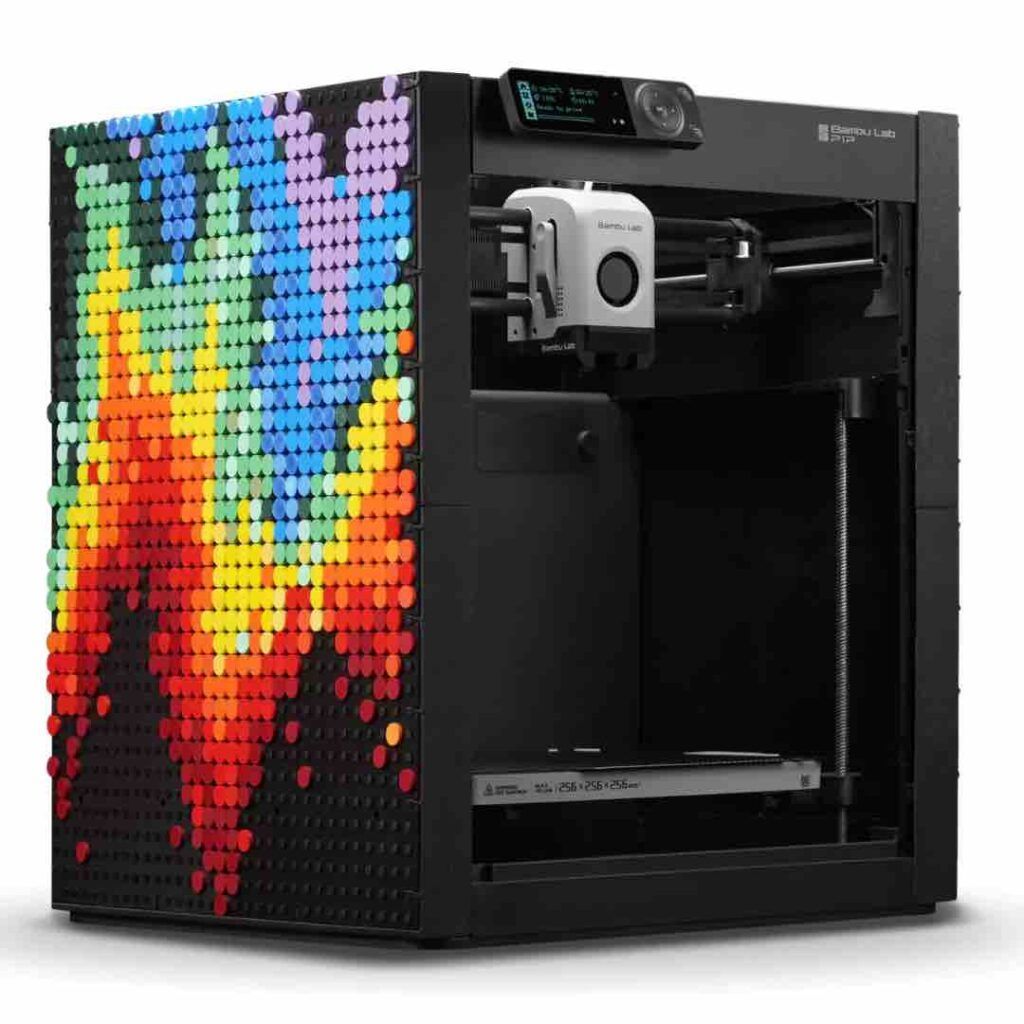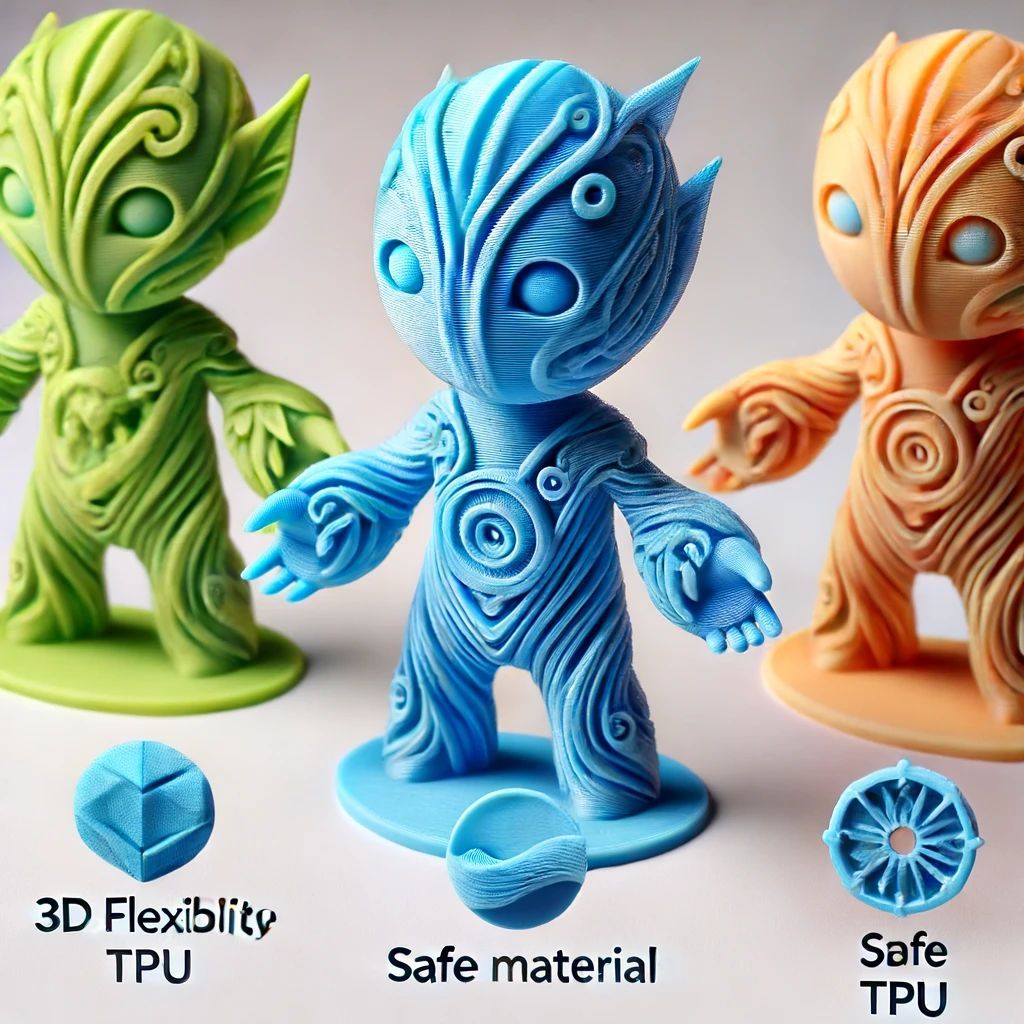3D Printing Designs : 3D Printing Filament

The Importance of 3D Printing Filament
One of the critical elements in 3D printing is the filament itself. The choice of filament material significantly impacts the final outcome of your 3D print. There are several types of filament available, each with its unique properties and use cases. Let's explore some of the most common types:
1. PLA (Polylactic Acid)
Polylactic Acid, commonly referred to as PLA, deserves special attention in the world of 3D printing. This biodegradable thermoplastic filament is derived from renewable resources, such as corn starch or sugarcane. Its eco-friendly nature is a standout feature, as it aligns with the growing concern for sustainability in manufacturing.
What sets PLA apart is its ease of use. Whether you're a novice or an experienced 3D printing enthusiast, PLA is a filament that welcomes everyone. Its low printing temperature and minimal warping tendencies make it a hassle-free choice. Additionally, PLA comes in a spectrum of vibrant colors, allowing creators to bring their imaginative designs to life with a splash of personality.
Beyond its environmental benefits and user-friendliness, PLA is an excellent option for models that don't require exceptional strength or heat resistance. It's a top choice for artistic projects, educational purposes, and prototypes that prioritize aesthetics.
2. ABS (Acrylonitrile Butadiene Styrene)
When durability and robustness are paramount, Acrylonitrile Butadiene Styrene, or ABS, steps into the spotlight. This thermoplastic filament boasts remarkable strength and impact resistance. It's often the preferred choice for engineering applications and functional prototypes that need to withstand rough handling and demanding conditions.
What truly makes ABS stand out is its ability to handle higher temperatures. This filament can endure higher heat levels compared to PLA, making it suitable for parts that may be exposed to elevated temperatures or direct sunlight. Additionally, ABS exhibits excellent layer adhesion, resulting in sturdy prints with reliable structural integrity.
While ABS may require a slightly higher printing temperature and good ventilation due to fumes, its impressive mechanical properties make it indispensable in a variety of industries, from automotive to aerospace.
3. PETG (Polyethylene Terephthalate Glycol)
Polyethylene Terephthalate Glycol, known as PETG, occupies a unique position in the world of 3D printing filaments. It strikes a delicate balance between ease of printing and durability, making it a versatile choice for creators.
One of PETG's notable qualities is its transparency, which sets it apart from other filaments. This transparency, coupled with its resistance to moisture, makes PETG ideal for applications where clarity is essential. It's commonly used for items such as display cases, bottle prototypes, and medical equipment.
PETG's ability to maintain good layer adhesion ensures that intricate designs with fine details come out precisely as intended. Its versatility and reliability make it a go-to filament for those seeking a middle ground between PLA and ABS.
4. TPU (Thermoplastic Polyurethane)
For those in search of flexibility and elasticity in their 3D prints, Thermoplastic Polyurethane, or TPU, emerges as the filament of choice. TPU is celebrated for its capacity to create soft and pliable objects, making it suitable for a wide array of applications.
What distinguishes TPU is its flexibility, which allows for the production of items with varying degrees of softness and elasticity. This feature makes it invaluable for crafting comfortable footwear, shock-absorbent phone cases, and custom gaskets tailored to specific requirements.
TPU's ability to maintain its structural integrity while providing elasticity opens up a world of possibilities for industries ranging from fashion to healthcare. Creators can now fashion products that not only look appealing but also offer a tactile and functional edge.
In essence, the importance of 3D printing filament cannot be overstated. Each type brings its unique set of characteristics and advantages to the table, catering to a wide spectrum of applications and creative endeavors. The choice of filament is not merely a technical decision; it's an artful selection that can transform your ideas into tangible reality.

Designing for 3D Printing
Creating 3D printing designs involves a unique set of considerations.
Unlike traditional 2D design, 3D printing requires attention to factors such as overhangs, support structures, and print orientation. Here are some essential tips for designing for 3D printing:
1. Optimize for 3D Printing
Optimizing your 3D designs for printing involves several critical considerations that can make or break your project's success. To achieve the best results, follow these steps:
a. Model Geometry
Ensure that your 3D model is watertight and free of errors. When 3D printing, even minor imperfections in your model can lead to issues like gaps, holes, or structural weaknesses in your final print.
Use reliable design software like Autodesk Fusion 360 or Tinkercad to create or modify your designs specifically for 3D printing. These tools offer features to automatically check and repair common issues in your 3D models, ensuring they are print-ready.
b. Print Orientation
The orientation in which your design is printed can significantly affect its quality and strength. Experiment with different orientations to find the optimal balance between aesthetics and functionality. Some designs may benefit from printing flat on the build plate, while others may require specific angles to minimize the need for support structures and achieve smoother surfaces.
c. Hollowing and Infill
Consider the internal structure of your 3D model. For objects that don't need to be completely solid, it's often more efficient to hollow them out and use infill patterns. This reduces material consumption, shortens print times, and can result in lighter and more cost-effective prints. Many slicing software packages allow you to adjust infill density to meet your specific requirements.
d. Wall Thickness
Pay attention to the thickness of walls and features in your design. Different printers and filaments have varying minimum recommended wall thicknesses. For example, walls that are too thin can be fragile, while excessively thick walls can waste material and time. Refer to your printer's specifications and recommendations for the best results.
2. Consider Support Structures
Intricate or overhanging designs often require support structures to prevent sagging or collapsing during printing. Support structures are temporary elements printed alongside your object, providing a scaffold that can be removed once the print is complete. When designing for 3D printing, anticipate where these supports will be needed and plan your model accordingly.
a. Support Placement
Strategically place support structures where they will be least visible and easiest to remove. Consider how the orientation of your print affects support requirements. Some slicing software offers automatic support generation, but manually adding supports can provide more control over the process.
b. Overhang Angles
Understand the limitations of your 3D printer when it comes to overhang angles. Most printers can handle slight overhangs without supports, but beyond a certain angle, supports become necessary. Experimentation and familiarity with your specific printer are key to determining these angles accurately.
3. Print Orientation Matters
The orientation in which you print your 3D model can significantly impact its strength, surface finish, and the amount of support material required. Here are some additional considerations for print orientation:
a. Layer Adhesion
Consider how layer adhesion affects your design. Printing certain features horizontally may improve their strength, while printing vertically may enhance their appearance. Balancing these factors is crucial for achieving the desired result.
b. Surface Quality
The orientation of your model can influence the surface quality of the final print. Horizontal surfaces tend to be smoother, while vertical surfaces may exhibit layer lines. Choose an orientation that aligns with your aesthetic and functional goals.
c. Overhangs and Bridges
Identify areas with overhangs or bridges in your design. These areas may require support structures or specific print orientations to ensure they are printed accurately and securely.
4. Post-Processing Considerations
After your 3D print is complete, post-processing may be necessary to achieve the desired finish. This can include sanding, painting, or assembling multiple printed parts. Consider these factors when designing your 3D models:
a. Assembly
If your design consists of multiple parts, ensure they fit together seamlessly. Design features like alignment pins or slots to simplify assembly, and consider any hardware or adhesive requirements.
b. Surface Finish
Plan for the final surface finish you desire. Some prints may require sanding, priming, and painting to achieve a polished appearance. Think ahead about the finishing techniques you'll use to achieve your desired result.
In conclusion,
designing for 3D printing involves a meticulous approach that encompasses not only the 3D model itself but also factors like orientation, support structures, and post-processing considerations. By mastering these elements, you can unlock the full potential of 3D printing and bring your creative visions to life with precision and excellence.












